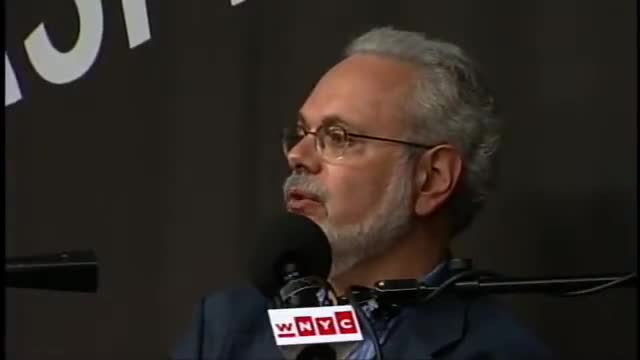Economic Development
Economic development is a comprehensive process focused on enhancing the economic well-being and quality of life of individuals and communities. It transcends mere economic growth, which is typically measured by increases in GDP, by emphasizing sustainable practices, infrastructure improvements, job creation, and empowerment through education and skill development. The relevant strategies for economic development often include tailored initiatives such as business incentive programs, community growth planning, and comprehensive economic development strategies that align with the unique characteristics and needs of local populations. Recently, the global economic landscape has been characterized by slowing growth and persistent uncertainty, factors that have considerable implications for economic development efforts. While advanced economies face stagnation and threats of stagflation, emerging markets strive to adopt alternative development models that leverage local resources and inclusive policies. The shift towards a more mercantilist international economy, where trade and fiscal policies dominate over monetary solutions, further complicates the dynamics of economic development. In this context, it is essential for policymakers and economic development professionals to adapt strategies that not only create wealth but also ensure that economic benefits are distributed equitably among their communities. Continued emphasis on resilient economic frameworks, designed to withstand volatility, is critical in navigating modern challenges and fostering prosperity for all.
What are the opportunities and challenges for women entrepreneurs in emerging markets?
Women entrepreneurs in emerging markets are experiencing increasing opportunities, as noted by Raghuram Rajan who mentions successful female business owners in India, including a prominent biotech entrepreneur. However, significant challenges remain, including limited access to capital, insufficient infrastructure, and lack of peer support communities. David Wessel highlights how microfinance initiatives, pioneered by Muhammad Yunus, have been instrumental in empowering poor women by helping them gain financial independence and business skills. Despite these positive developments, certain regions like Saudi Arabia continue to restrict women's participation, demonstrating how some countries deny themselves economic growth by limiting women's entrepreneurial potential.
Watch clip answer (02:37m)What was the rationale behind the Clinton administration's decision to support China's entry into the World Trade Organization?
During the Clinton administration, officials supported China joining the WTO for several key reasons. They believed integration into the global trade system would make China more democratic and collaborative. Additionally, they anticipated that Chinese manufacturing would produce inexpensive products beneficial to American consumers. However, this decision had significant consequences, particularly for manufacturing regions in states like Missouri, North Carolina, and Pennsylvania, which subsequently lost approximately 3 million manufacturing jobs as production shifted overseas, creating a substantial US trade deficit.
Watch clip answer (02:02m)How does Square Capital empower underserved entrepreneurs?
Square Capital empowers underserved entrepreneurs by providing accessible funding to those traditionally overlooked by the banking system. Their data shows 54% of loans go to women (compared to just 18% nationally) and 37% to underrepresented minorities. Additionally, 80% of funding supports businesses outside the 25 most populous American cities. Through technology, Square Capital helps entrepreneurs like Courtney Foster, who was denied traditional bank loans but used Square Capital to expand her single-chair salon and launch her own hair care line. The platform creates economic opportunity by removing intimidating banking processes, focusing on business performance data rather than personal factors, enabling small business owners to not just survive but thrive.
Watch clip answer (06:19m)How do the changes in MSME classification help businesses grow?
The revised MSME classification allows businesses to expand without losing critical benefits. Previously, companies had to remain small to maintain access to government subsidies, tax perks, and low-interest loans. Now, with significantly increased investment thresholds (2.5 crores for micro, 25 crores for small, and 125 crores for medium enterprises) and higher turnover limits, businesses can scale up substantially while still qualifying as MSMEs. This change essentially removes the growth ceiling that forced businesses to artificially limit their expansion. The government's message is clear: 'Don't hold back. Grow as much as you want and we would still have your back.' This represents a transformative shift toward enabling small businesses to become bigger, stronger, and more profitable while continuing to enjoy MSME benefits.
Watch clip answer (01:48m)What changes has the government made to enhance loan access for MSMEs and startups in India?
The government has doubled the loan guarantee limit for MSMEs from 5 crore to 10 crore rupees, and increased the limit for startups from 10 crore to 20 crore rupees. These government-backed guarantees make banks more willing to lend to small businesses, as the government covers potential losses. This significant policy change unlocks an additional 1.5 trillion rupees in credit over the next five years, benefiting India's 4.5 crore MSMEs that contribute 29% of GDP and 50% of exports. The initiative aims to help small businesses grow while reducing dependence on imported products.
Watch clip answer (01:14m)How is the Indian government boosting the startup ecosystem with its new funding approach?
The Indian government is enhancing the startup ecosystem by adding ₹10,000 crores to its existing startup fund of ₹91,000 crores. Instead of directly funding individual startups, the government is using a 'fund of funds' approach, where money is invested in private equity funds, venture capital funds, and hedge funds that manage startup investments. This strategy reduces risk for investors by betting on entire portfolios rather than single companies, ensuring that even if some startups fail, others balance out the risk. The approach aims to increase capital availability for Indian founders, create more jobs, and reduce investor risk - a model that has proven successful in global markets like the US and China.
Watch clip answer (00:47m)



